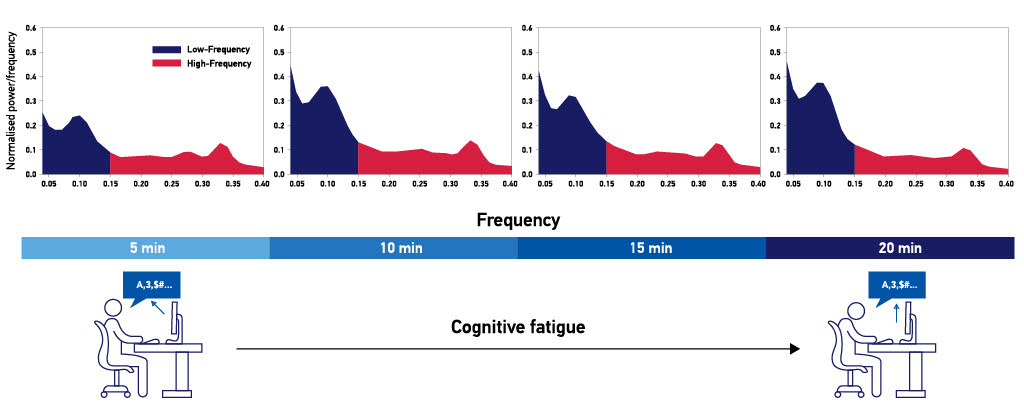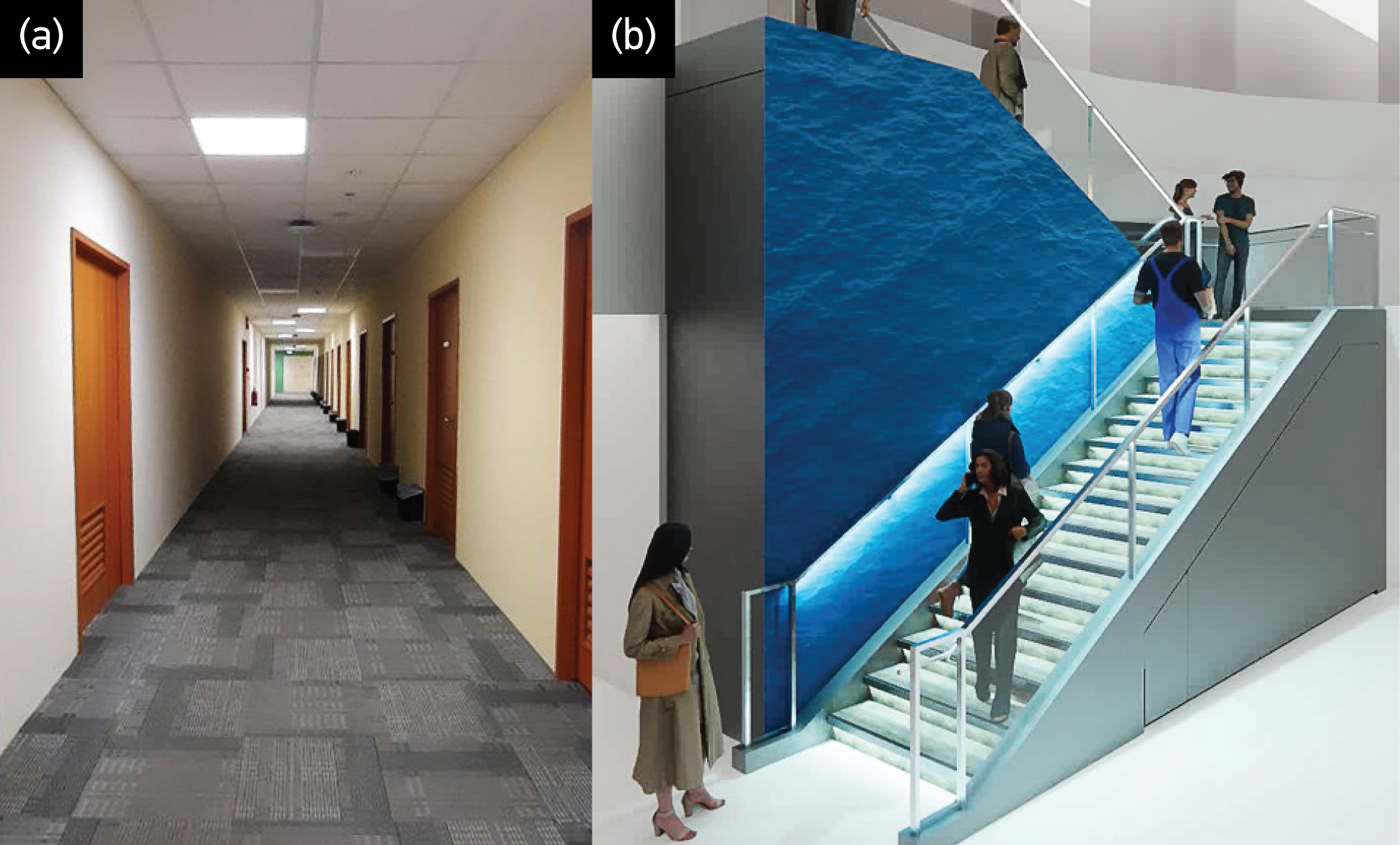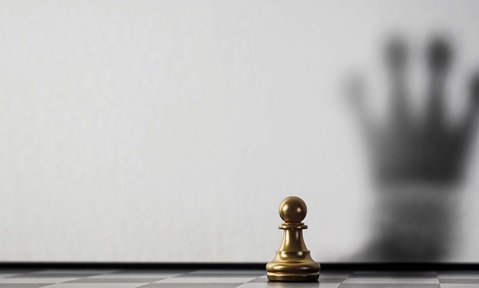Spaces that improve mental health
Assoc Prof Georgios Christopoulos designs intelligent mood-boosting environments for work and play.
Our interactions with the environment around us influence the way we feel. We are fatigued after working for long hours at our places of work. On the other hand, we are energised after a walk in the park.
In my laboratory, we investigate physiological indicators that point to the mental wellbeing of individuals, using wearable devices to track these indicators. With the help of virtual reality (VR) technology, we are also designing relaxing workspaces. In the future, we hope to design spaces that can “sense” or predict how the occupants feel – and change their environments accordingly to help them perform better, recover faster and improve their overall wellbeing and mood.
Listen to your heart to know thyself
Workers experience mental exhaustion as they go about their day dealing with a myriad of demanding tasks in their job. Surveys have reported that 60% to 90% of workers feel mentally fatigued at work. This can lead to reduced productivity as well as workplace accidents.
As surprising as it might sound, people are not very good at promptly recognising that they are tired. So how can we manage fatigue effectively to ensure that workers take appropriate breaks?
Our research has shown that the heart rate changes as the person becomes increasingly fatigued when engaged in a demanding task. We can detect these patterns using wearable activity trackers.
This opens the possibility of monitoring our physiological state, performance and even our mental wellbeing continuously.

When integrated into smart buildings and smart city initiatives, this unobtrusive monitoring may be helpful in identifying tired and overworked personnel such as drivers, students or healthcare professionals. Importantly, this enables personalised solutions to be developed for every individual.
Rejuvenating spaces for relaxation
Recognising that individuals experience mental fatigue, we can also develop spaces that can help invigorate them. In collaboration with researchers from NTU’s School of Electrical and Electronic Engineering, we are experimenting with physical and virtual rooms, as well as outdoor spaces, to help individuals rejuvenate.
For example, by changing the sound, light and air temperature of workspaces, we may be able to alleviate the stress experienced by workers.
Using VR technology to create rooms with different designs, we can test if these designs help people feel more relaxed.

Invigorating spaces for work
Another remarkable finding is that transitional spaces that we pass through when going from one place to another – such as corridors and entrances – contribute to how people feel in workplaces. Architects and designers often focus solely on designing the actual workspace. However, our findings suggest that a poorly designed entrance or staircase is associated with higher perceived mental workload. In a collaboration with DP Architects – a multinational architectural firm headquartered in Singapore – supported by a Good Design Research grant from DesignSingapore Council, we are testing the effect of well-designed entrances and corridors on occupants’ mood and wellbeing.


Spaces of the future may invigorate our senses and improve our mental wellbeing. Credit: DP Architects.
With advancements in technologies such as artificial intelligence and sensor technology, we foresee that indoor and outdoor spaces of the future will be able to sense and cater to the needs of the occupants. This will enable individuals to lead healthy lifestyles and perform optimally at work or school, without compromising on mental wellbeing.
Spaces in the future will be more than just places we go to for work and play. These spaces will one day help us understand and heal ourselves.
By Assoc Prof Georgios Christopoulos
Assoc Prof Georgios Christopoulos of NTU’s Nanyang Business School, who is also Director of Culture Science Innovations at the University, examines the effects of architectural features of indoor and outdoor spaces on human performance, health and happiness.
More details of his research can be found in Biosensors (2022), DOI: 10.3390/bios12050315; Building and Environment (2020), DOI: 10.1016/j.buildenv.2020.106840; and Psychological Assessment (2019), DOI: 10.1037/pas0000663.
The article appeared first in NTU's research & innovation magazine Pushing Frontiers (issue #21, December 2022).


.tmb-listing.jpg?Culture=en&sfvrsn=f43836b1_1)
.tmb-listing.jpg?Culture=en&sfvrsn=fba51b63_1)
.tmb-listing.jpg?Culture=en&sfvrsn=ba129532_1)


.tmb-listing.jpg?Culture=en&sfvrsn=ab6472c8_1)